Home>Renovation & DIY>Home Renovation Guides>How To Reduce Humidity In A Crawl Space
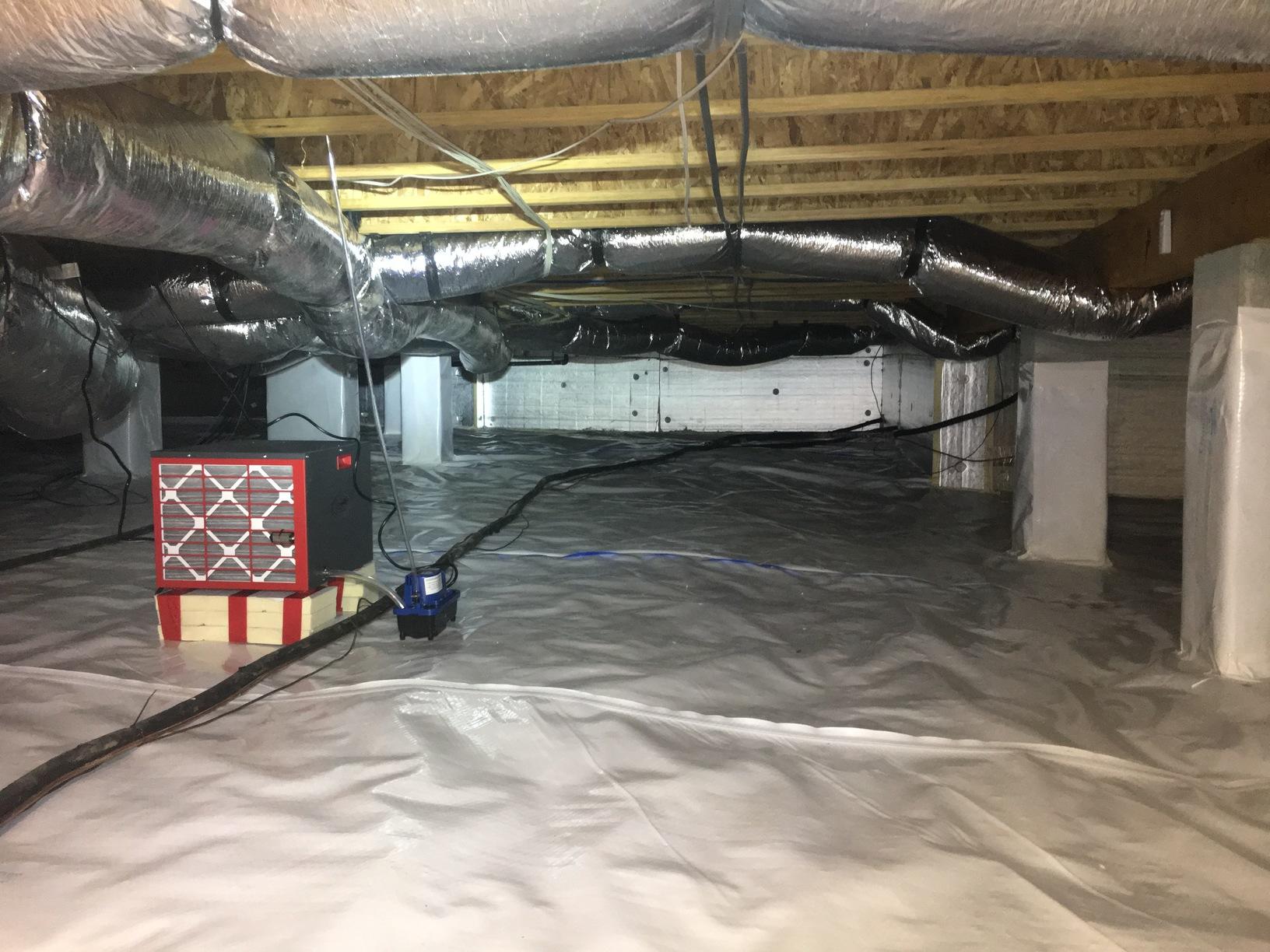

Home Renovation Guides
How To Reduce Humidity In A Crawl Space
Published: January 31, 2024
Learn effective strategies for reducing humidity in your crawl space with our comprehensive home renovation guide. Protect your home from moisture and mold issues today!
(Many of the links in this article redirect to a specific reviewed product. Your purchase of these products through affiliate links helps to generate commission for Storables.com, at no extra cost. Learn more)
Importance of Controlling Humidity in a Crawl Space
Maintaining optimal humidity levels in a crawl space is crucial for the overall well-being of a home. Excessive humidity in this confined area can lead to a myriad of issues that can impact the structural integrity, indoor air quality, and the health of occupants.
First and foremost, high humidity in a crawl space can foster the growth of mold and mildew. These unsightly and potentially hazardous substances thrive in damp environments, and once they take hold, they can spread rapidly, compromising the air quality within the home. This can lead to respiratory issues and allergies for the occupants, especially those with preexisting conditions.
Moreover, excessive moisture in the crawl space can also attract pests such as termites and cockroaches. These unwelcome visitors are not only a nuisance but can also cause significant damage to the wooden structures and insulation, leading to costly repairs.
Furthermore, high humidity levels can accelerate the deterioration of building materials, including wooden beams and floor joists. This can compromise the structural integrity of the home, leading to sagging floors, cracks in the walls, and other structural issues that pose safety risks.
Additionally, the presence of excessive moisture in the crawl space can result in musty odors permeating throughout the home. This can create an unpleasant living environment and can be particularly off-putting for visitors.
By controlling the humidity in the crawl space, homeowners can mitigate these potential issues and ensure a healthier and more comfortable living environment. This can be achieved through various methods such as proper ventilation, moisture barriers, and dehumidifiers, all of which contribute to maintaining optimal humidity levels and safeguarding the home from the detrimental effects of excessive moisture.
Key Takeaways:
- Don’t let humidity sneak up on you! High humidity in your crawl space can lead to mold, pests, and structural damage. Keep it in check with proper ventilation, moisture barriers, and dehumidifiers.
- Say goodbye to musty odors and hello to a healthier home! By reducing humidity in your crawl space, you can prevent mold growth, protect your belongings, and save on energy costs. Keep it dry for a happier home!
Common Causes of High Humidity in Crawl Spaces
-
Inadequate Ventilation: Poor ventilation is a common culprit behind high humidity in crawl spaces. When air circulation is restricted, moisture becomes trapped, creating an environment conducive to high humidity levels. This can occur in older homes with outdated ventilation systems or in crawl spaces with limited access to fresh air.
-
Groundwater Seepage: Crawl spaces are susceptible to groundwater seepage, especially in areas with high water tables or heavy rainfall. When water infiltrates the soil beneath the home, it can permeate the crawl space, leading to elevated humidity levels. This is often exacerbated by inadequate drainage systems or improper grading around the foundation.
-
Lack of Vapor Barriers: Without proper vapor barriers, moisture from the soil can easily infiltrate the crawl space. Vapor barriers act as a protective layer, preventing ground moisture from evaporating into the air within the crawl space. In the absence of this barrier, humidity levels can rise significantly.
-
Leaking Plumbing Fixtures: Undetected leaks from plumbing fixtures, such as pipes, water heaters, or HVAC units located in the crawl space, can introduce excess moisture into the environment. Even minor leaks can contribute to a substantial increase in humidity over time, creating an ideal breeding ground for mold and mildew.
-
Poor Insulation: Inadequate or deteriorating insulation in the crawl space can exacerbate humidity issues. Insulation that is damaged or improperly installed fails to regulate temperature and moisture effectively, leading to elevated humidity levels and potential moisture-related problems.
-
External Environmental Factors: External factors, such as high humidity levels in the surrounding environment, can also impact the crawl space. In regions with consistently high humidity, the crawl space may become more susceptible to moisture intrusion, especially if the home's ventilation and moisture control measures are insufficient.
Understanding these common causes of high humidity in crawl spaces is essential for homeowners seeking to address and mitigate moisture-related issues. By identifying the underlying factors contributing to elevated humidity, homeowners can implement targeted solutions to create a healthier and more stable environment within the crawl space and the home as a whole.
Signs of Excessive Humidity in a Crawl Space
Detecting the signs of excessive humidity in a crawl space is crucial for addressing potential issues before they escalate. By recognizing these indicators early on, homeowners can take proactive measures to mitigate the effects of high humidity and safeguard their property and well-being.
-
Musty Odors: One of the most noticeable signs of excessive humidity in a crawl space is the presence of musty, damp odors. These unpleasant smells often result from the growth of mold and mildew, which thrive in moist environments. When these odors permeate the living spaces above, it is a clear indication of elevated humidity levels in the crawl space.
-
Visible Mold and Mildew: The presence of visible mold and mildew on surfaces within the crawl space, such as wooden beams, insulation, or walls, is a direct consequence of excessive humidity. Mold and mildew thrive in damp conditions, and their presence indicates a moisture-related issue that requires immediate attention.
-
Wood Rot and Decay: High humidity can accelerate the deterioration of wooden structural components in the crawl space. Signs of wood rot, decay, or warping indicate prolonged exposure to excessive moisture, compromising the integrity of the building materials.
-
Condensation: Condensation on surfaces within the crawl space, such as pipes, ductwork, or insulation, is a clear sign of elevated humidity levels. When warm, moist air comes into contact with cooler surfaces, condensation forms, indicating an imbalance in humidity regulation.
-
Pest Infestations: Excessive humidity in a crawl space can attract pests such as termites, cockroaches, and other insects. These unwelcome visitors seek out moist environments, and their presence can signal a humidity-related issue that requires mitigation.
-
Allergic Reactions and Respiratory Issues: Occupants may experience an increase in allergic reactions or respiratory issues when excessive humidity in the crawl space leads to poor indoor air quality. Symptoms such as coughing, sneezing, or exacerbated asthma may indicate the presence of mold spores and other airborne contaminants.
-
Sagging Floors and Increased Energy Bills: Elevated humidity levels can compromise the structural integrity of the home, leading to sagging floors and increased energy bills. Excess moisture can cause wooden floor joists to weaken and warp, resulting in uneven or sagging floors. Additionally, the increased workload on HVAC systems to regulate indoor humidity can lead to higher energy consumption and subsequent utility costs.
Recognizing these signs of excessive humidity in a crawl space empowers homeowners to take proactive steps to address the underlying issues. By implementing effective moisture control measures and humidity regulation strategies, homeowners can create a healthier and more stable environment within the crawl space and the home as a whole.
Methods to Reduce Humidity in a Crawl Space
Addressing high humidity in a crawl space requires a multifaceted approach that encompasses effective moisture control and humidity reduction strategies. By implementing targeted methods, homeowners can create a healthier and more stable environment within the crawl space, mitigating the potential issues associated with excessive moisture.
1. Proper Ventilation
Ensuring adequate ventilation in the crawl space is essential for regulating humidity levels. Installing vents and fans facilitates air circulation, allowing moisture-laden air to escape while enabling fresh, drier air to enter. This continuous airflow helps prevent the buildup of humidity, reducing the risk of mold growth and structural damage.
Read more: How To Reduce Humidity In Laundry Room
2. Vapor Barriers
Installing a high-quality vapor barrier on the crawl space floor and walls serves as a protective shield against ground moisture. This barrier prevents water vapor from seeping into the crawl space, effectively reducing humidity levels. By creating a barrier between the soil and the interior space, homeowners can significantly mitigate the impact of external moisture on the crawl space environment.
3. Dehumidification
Utilizing a dehumidifier specifically designed for crawl spaces can effectively extract excess moisture from the air. These specialized dehumidifiers are equipped to operate in low-clearance areas, efficiently reducing humidity levels and preventing the proliferation of mold and mildew. Regular maintenance and monitoring of the dehumidifier ensure optimal performance in humidity control.
4. Insulation Improvement
Enhancing insulation within the crawl space helps regulate temperature and moisture levels. Upgrading or adding insulation materials minimizes the transfer of heat and moisture, creating a more stable environment. By preventing condensation and temperature differentials, improved insulation contributes to reducing humidity and safeguarding the structural integrity of the crawl space.
5. Addressing Water Intrusion
Identifying and addressing sources of water intrusion, such as plumbing leaks, groundwater seepage, or inadequate drainage, is crucial for humidity management. Repairing leaks, redirecting water away from the foundation, and implementing effective drainage solutions mitigate the influx of moisture into the crawl space, thereby reducing humidity levels and preventing associated issues.
6. Professional Encapsulation
Professional crawl space encapsulation involves sealing the crawl space with a durable moisture barrier, effectively isolating it from external moisture sources. This comprehensive approach not only reduces humidity but also enhances energy efficiency and indoor air quality. By encapsulating the crawl space, homeowners create a controlled environment that minimizes the risk of excessive moisture accumulation.
Implementing these methods to reduce humidity in a crawl space empowers homeowners to proactively manage moisture-related challenges, ensuring a healthier and more resilient home environment. By combining these strategies with regular maintenance and monitoring, homeowners can effectively mitigate the detrimental effects of high humidity, safeguarding their property and well-being.
Benefits of Maintaining Low Humidity in a Crawl Space
Maintaining low humidity in a crawl space yields a multitude of benefits that extend beyond the confines of this often-overlooked area of the home. By effectively managing moisture levels, homeowners can experience enhanced structural integrity, improved indoor air quality, and long-term cost savings. The following are the key benefits of prioritizing low humidity in a crawl space:
1. Preservation of Structural Integrity
Sustaining low humidity levels in the crawl space is instrumental in preserving the structural integrity of the entire home. By mitigating the risk of moisture-related damage, such as wood rot, decay, and corrosion of metal components, homeowners can prevent costly structural repairs and ensure the longevity of their property. Additionally, maintaining a dry environment minimizes the risk of sagging floors and compromised foundation stability, contributing to a safer and more durable living space.
2. Prevention of Mold and Mildew Growth
Low humidity inhibits the proliferation of mold and mildew, safeguarding both the crawl space and the indoor air quality of the home. By creating an inhospitable environment for these harmful microorganisms, homeowners can mitigate the risk of respiratory issues, allergies, and unpleasant odors stemming from mold infestations. This proactive approach to moisture control promotes a healthier living environment for occupants, particularly those with sensitivities to airborne contaminants.
Read more: How To Maintain A Crawl Space
3. Energy Efficiency and Cost Savings
Maintaining low humidity in the crawl space contributes to overall energy efficiency, reducing the workload on HVAC systems and lowering utility costs. By minimizing the need for excessive dehumidification and temperature regulation, homeowners can experience long-term savings on energy expenses. Additionally, a well-maintained crawl space with optimal humidity levels supports the efficient operation of heating and cooling systems, enhancing the overall energy performance of the home.
4. Enhanced Indoor Air Quality
Low humidity in the crawl space translates to improved indoor air quality throughout the home. By preventing the circulation of damp, musty air laden with mold spores and other contaminants, homeowners can create a healthier living environment for their families. This is particularly beneficial for individuals with respiratory conditions or allergies, as it reduces the potential triggers for adverse health reactions, fostering a more comfortable and breathable indoor atmosphere.
5. Protection of Personal Belongings
Maintaining low humidity in the crawl space extends protection to stored belongings and valuables within the home. By preventing moisture-related damage to items such as clothing, documents, and seasonal decorations, homeowners can preserve their possessions and minimize the need for costly replacements. This proactive measure safeguards personal belongings from the detrimental effects of high humidity, ensuring their longevity and condition.
In essence, prioritizing low humidity in the crawl space yields far-reaching benefits that encompass structural resilience, indoor air quality, energy efficiency, and the protection of personal belongings. By implementing effective moisture control strategies and maintaining optimal humidity levels, homeowners can create a healthier, more sustainable living environment while safeguarding their property and investments.
Frequently Asked Questions about How To Reduce Humidity In A Crawl Space
Was this page helpful?
At Storables.com, we guarantee accurate and reliable information. Our content, validated by Expert Board Contributors, is crafted following stringent Editorial Policies. We're committed to providing you with well-researched, expert-backed insights for all your informational needs.
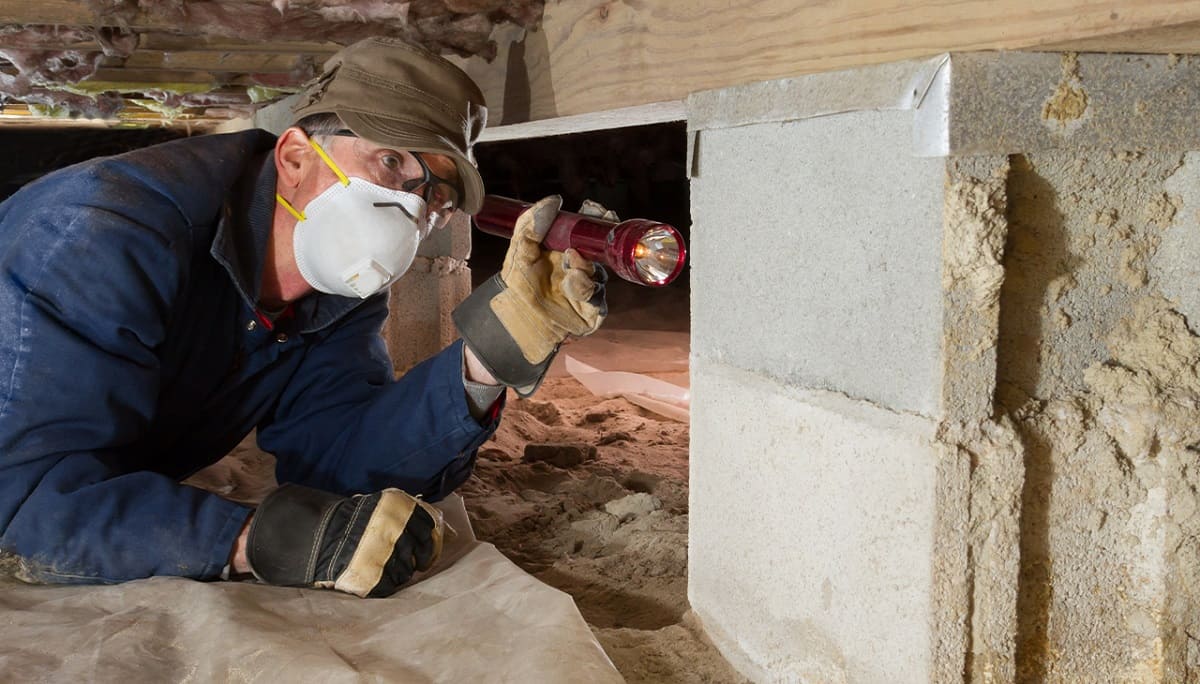
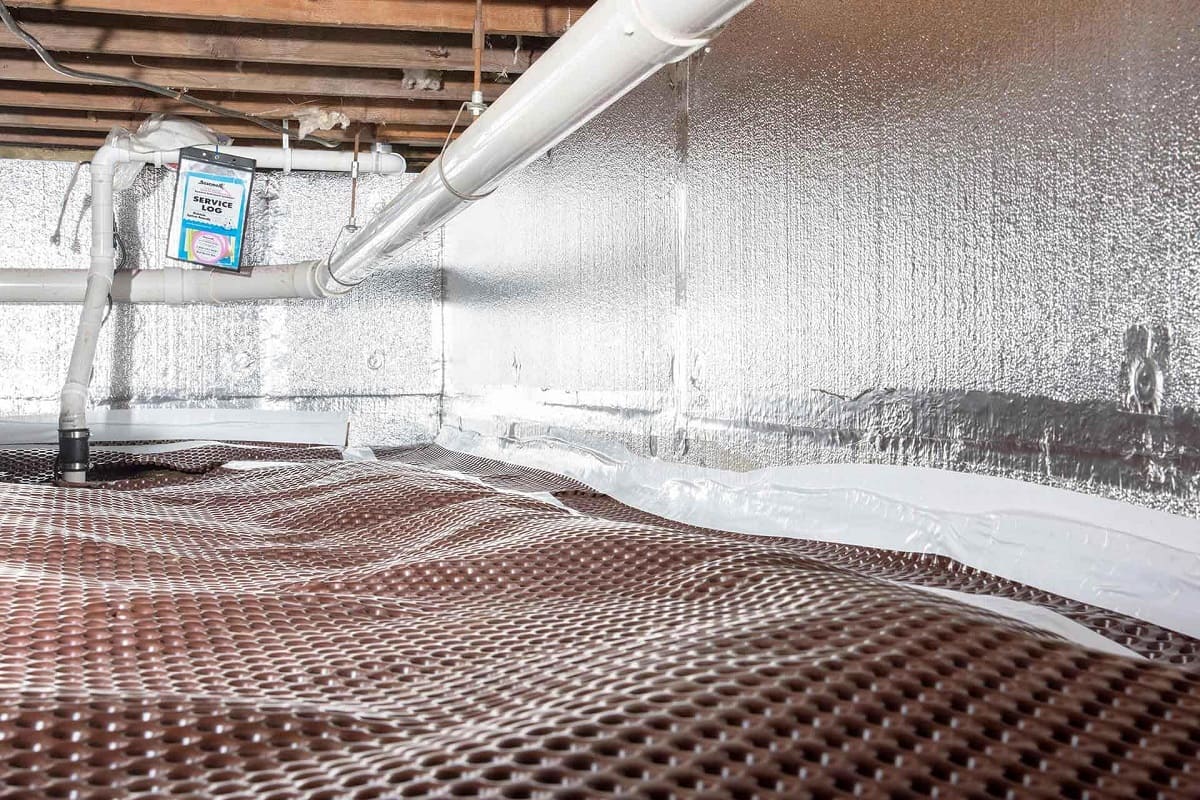
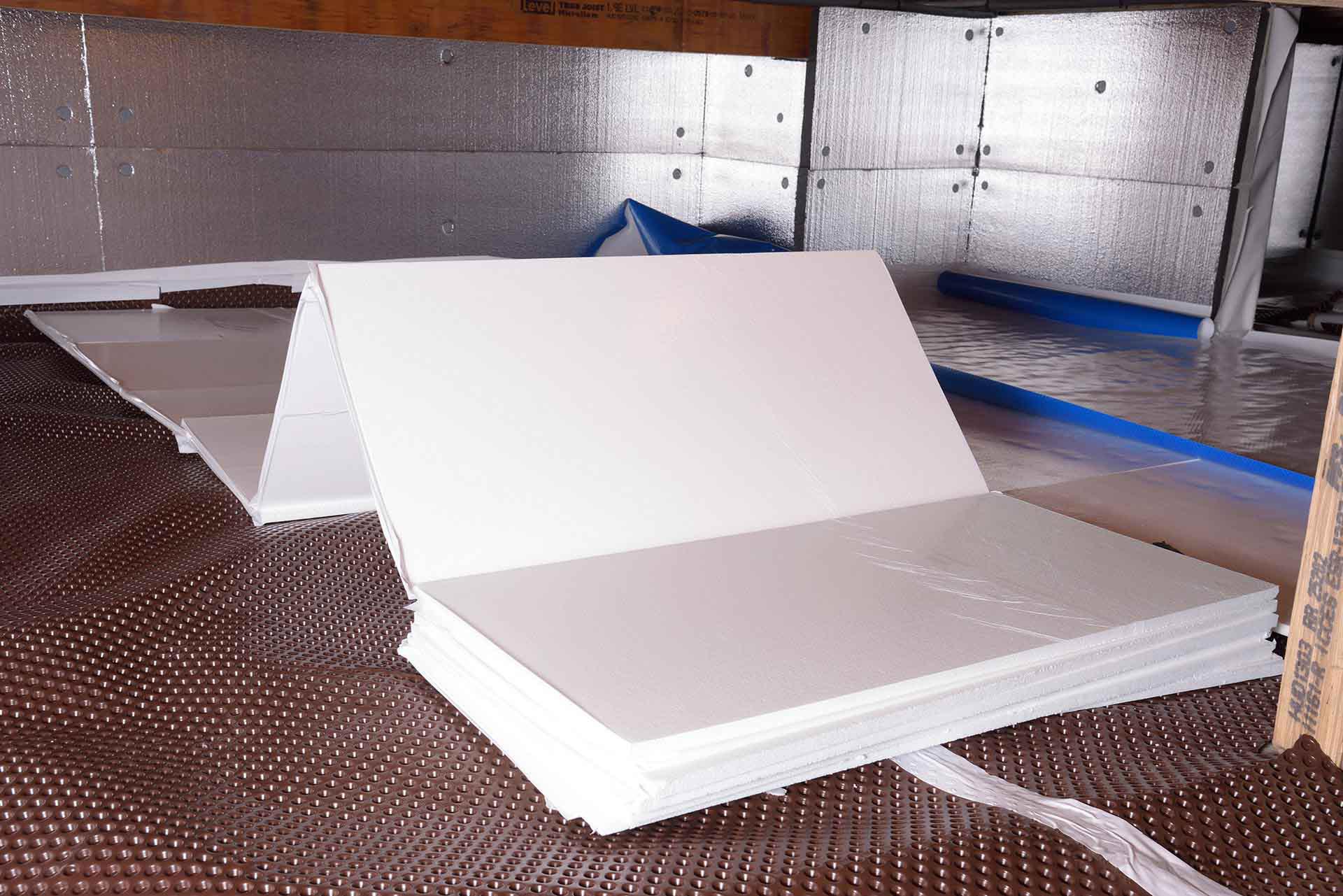
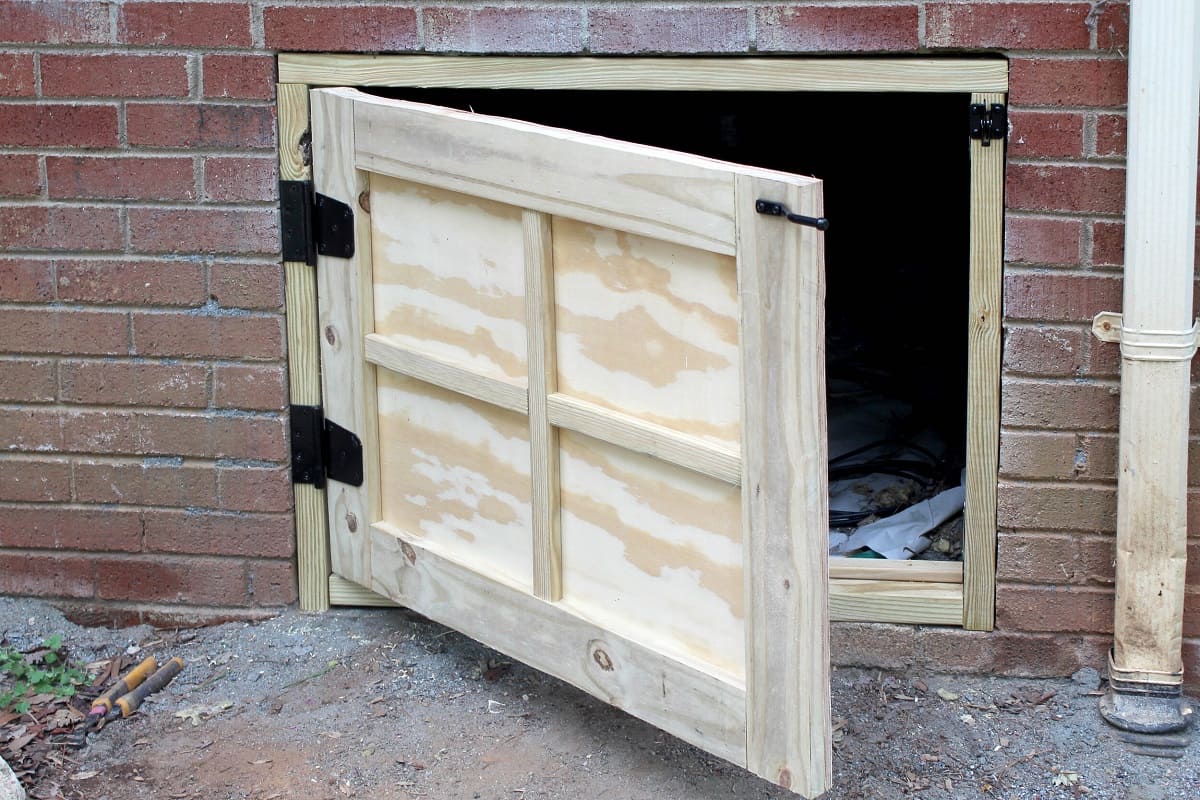
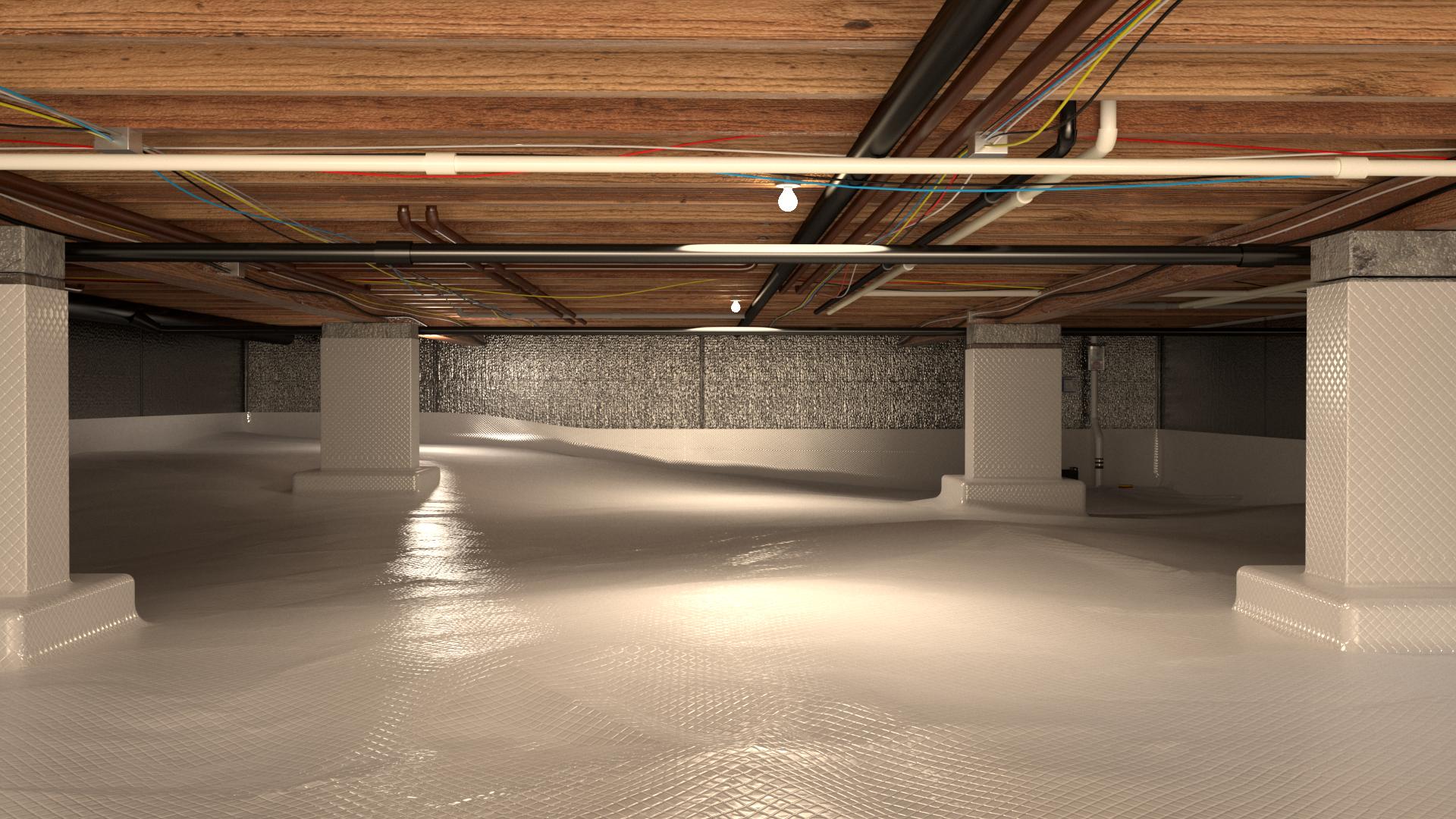
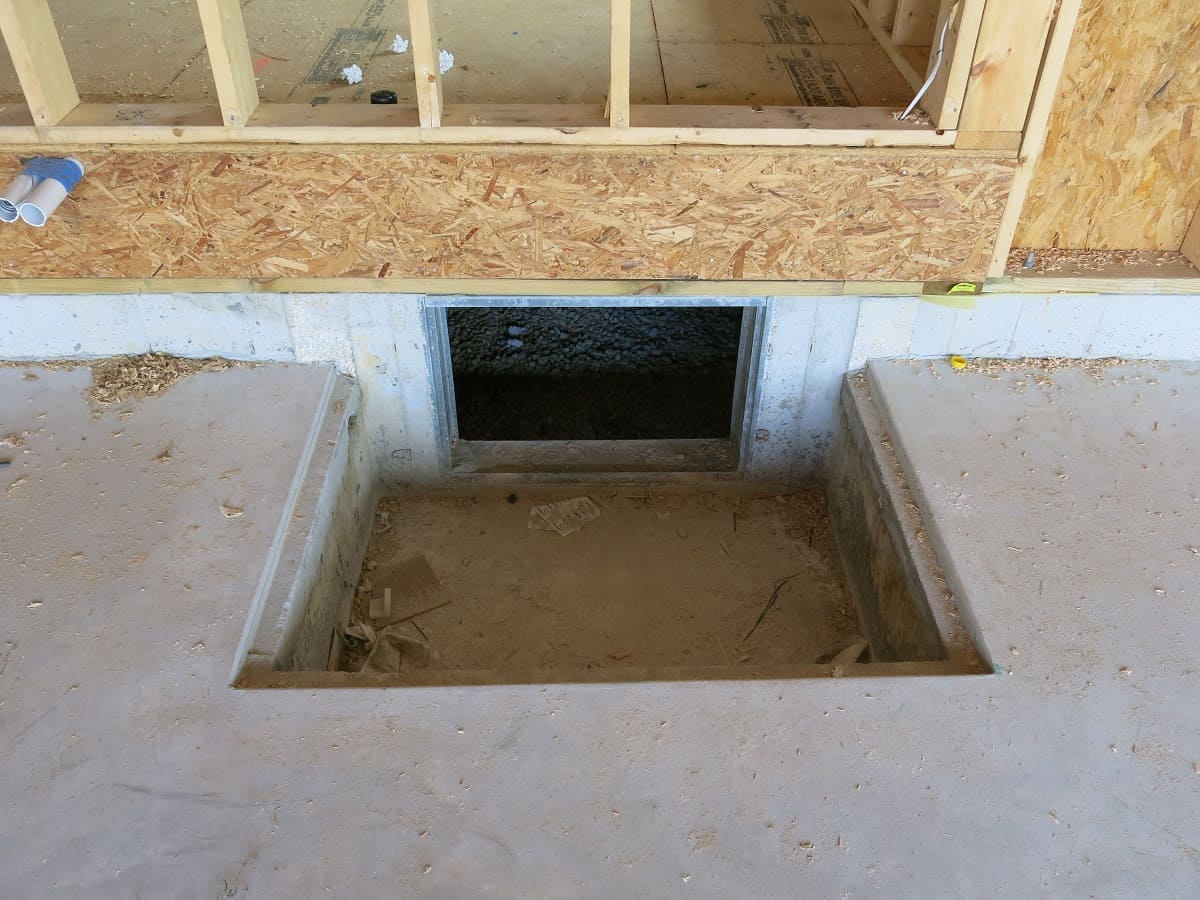
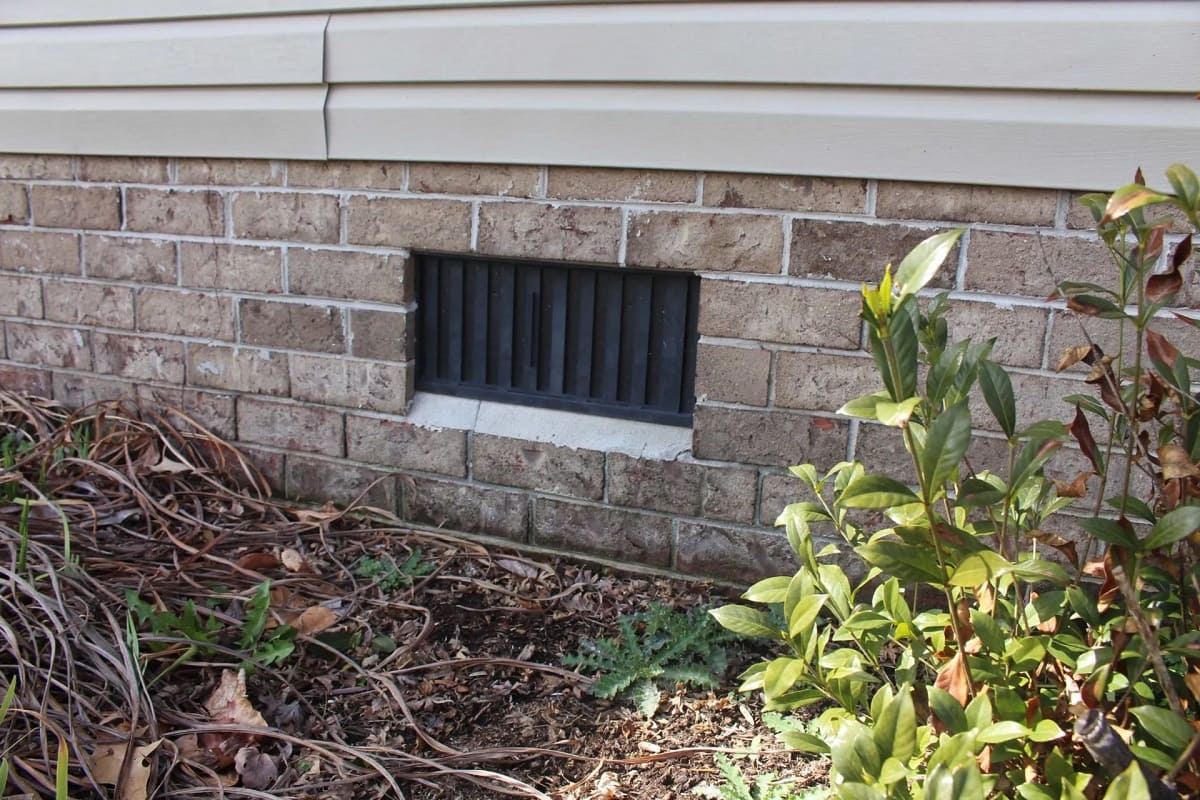
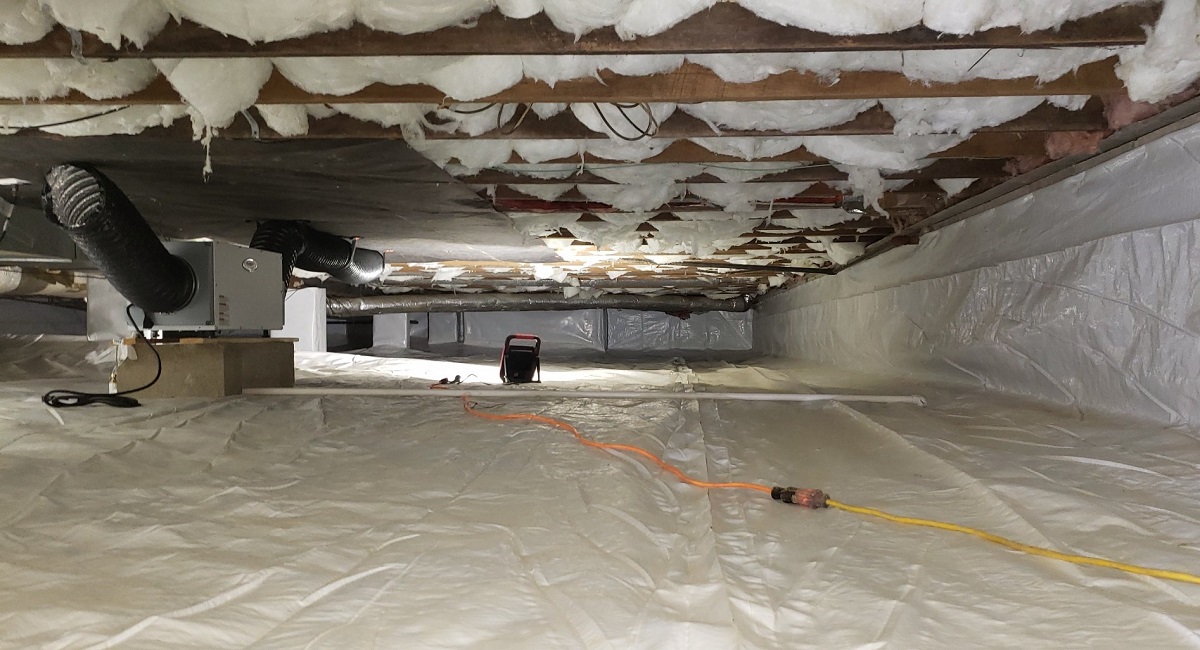
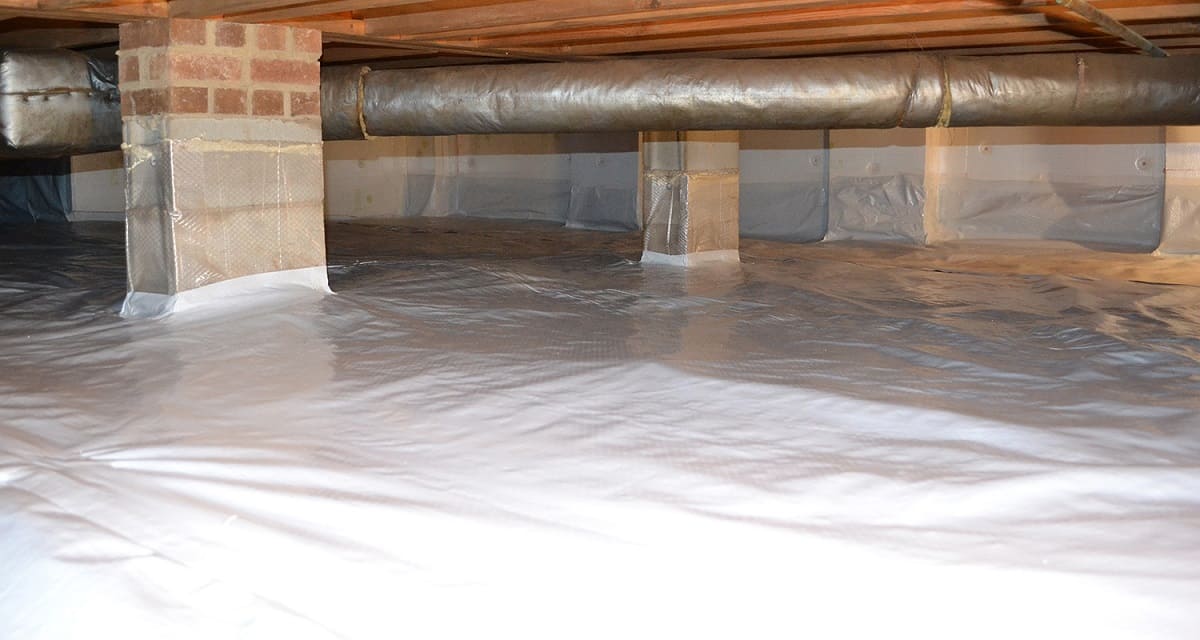
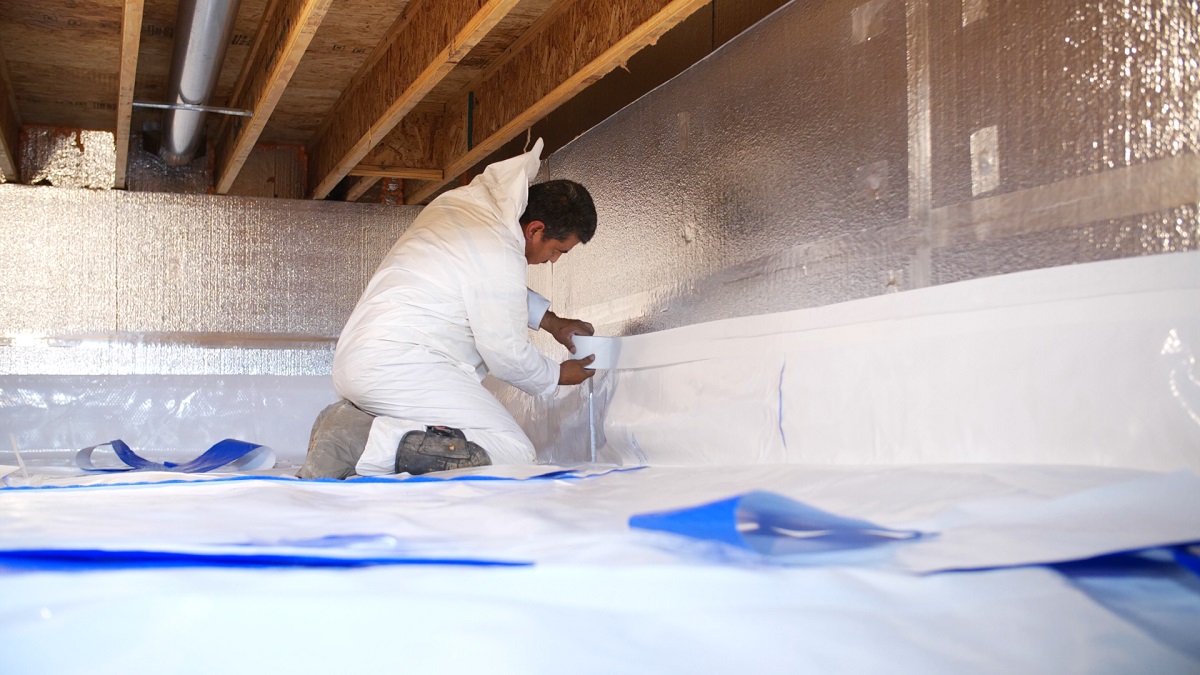
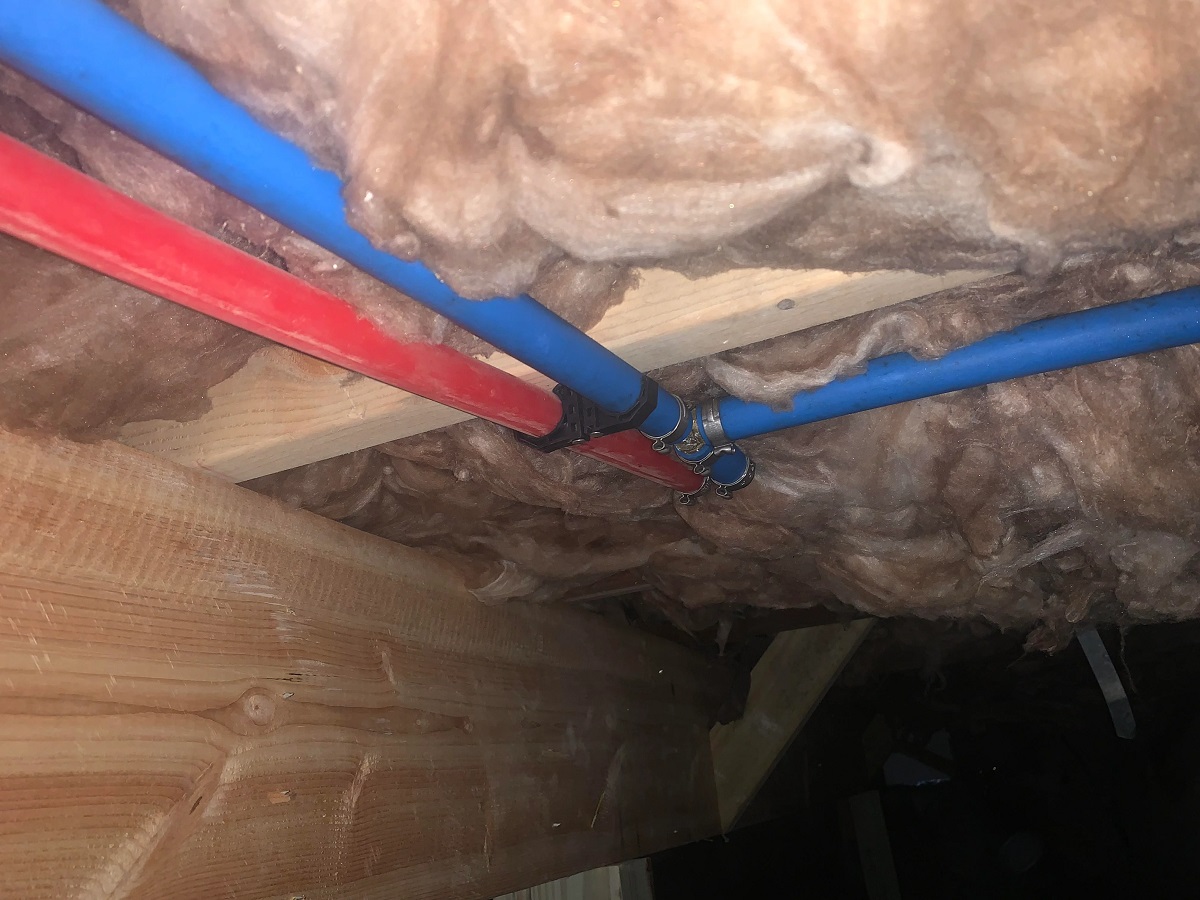
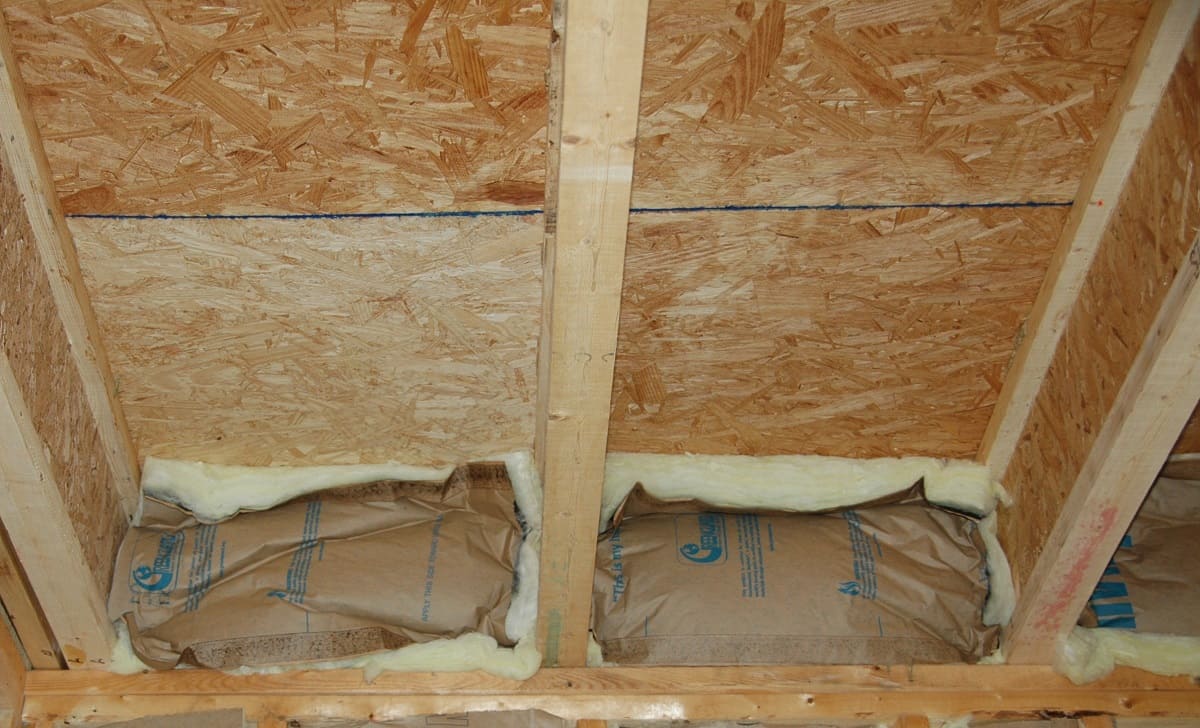

0 thoughts on “How To Reduce Humidity In A Crawl Space”